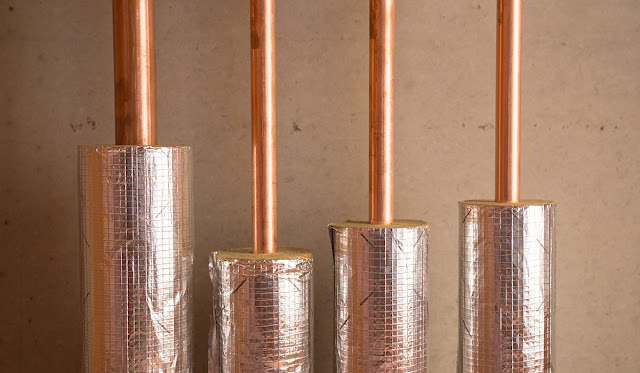Wintertime is one of the most magical times of the year. It’s also one of the most problematic.
While a delightful snowfall is great for pictures, heavy snowstorms alongside sleet, ice, and wind chills are more frightening than festive. Frozen pipes, heating problems, and power outages are nightmares for homes.
But there’s no need to be frozen in fear. There are several ways you can keep your home safe, warm, and winter-ready.
Invest in a Backup Generator
Keeping a generator handy is a good idea no matter what season it is, but especially in the wintertime.
In recent years, unseasonably cold temperatures combined with an influx of energy demand have led to strategic blackouts and all-out grid failures in the worst-case scenarios. Even in regions where cold temperatures are common, power lines are susceptible to ice and damage from wind and fallen trees leading to a loss of power.
The Red Cross has a generator safety guide that goes more in-depth on which generator to choose, how to use it, and other safety tips.
Check for Under-Door Drafts
According to the Department of Energy, space heating alone accounts for 45% of the average American’s energy bill. But without the proper air sealing protections, your heat and hard-earned money are leaking out your door.
Energy Star estimates that sealing and insulating your doors—and other vulnerable areas like windows—can save 15% on energy bills year-round. Typically, that means calling a qualified contractor, but you can DIY if you’d like. Another alternative is a door draft stopper, which you can purchase online or in-person at your nearest home improvement store.
Protect Your Pipes
Frozen pipes are a common wintertime problem. The most vulnerable pipes are those in unheated areas—like your basement or outside your home—but pipes that run in exterior walls and those without adequate insulation are also at risk.
Thankfully, there are steps you can take before the temperature drops. According to the Red Cross, preventative measures include:
- Adding insulation to attics, basements, and crawl spaces
- Checking water supply lines in unheated areas
- Relocating exposed pipes to insulated areas
- Installing insulated products around the pipes themselves
Other preventative tips include keeping the faucet at a trickle and opening kitchen and bathroom cabinet doors to allow warm air to circulate around the plumbing. The Red Cross’ full list of tips and tricks can be found here.
Keep Your Gutters Clean
Just like your pipes, gutters can easily freeze over in the winter. But unlike your pipes, gutters and the corresponding downspouts are confined to tight, highly secured spaces. Clogged gutters with an excess of ice will become overweight and can fall, leading to exterior damage.
Before the winter season, clean out any leaves, sticks, and dirt so water can flow unabated. You should also be on the lookout for damage, like cracks and punctures, and replace any damaged components as necessary.
Get Your Furnace and Chimney Inspected
Ready to gather around your fireplace with friends and family? While a wood-burning fireplace is one of winter’s cozy delights, it’s also a lurking hazard. Unexpected fires, excess smoke, and carbon monoxide are ever-present risks, especially if you use your fireplace frequently.
To mitigate the dangers of a fire, the Chimney Safety Institute of America recommends a chimney inspection once a year. The typical chimney inspection checks for:
- Creosote buildup
- Flue blockages
- Leaks
- Cracks
- General damage
Other factors like new appliances or fireplace fuel types, home inspections, and the aftermath of severe storms may prompt a chimney inspection.
Do you use central heating? Furnaces are prone to the same risks if left unchecked. A professional HVAC inspection—including your furnace—is another annual staple that’ll keep your home safe during the winter.
Change the Batteries in Your Carbon Monoxide and Smoke Detectors
As we just discussed, your heating system of choice is prone to fire, smoke, and carbon monoxide leaks. Before it’s time to settle inside for the winter, go ahead and change the batteries in your smoke AND carbon monoxide detectors.
While smoke and flames are easy to see and smell, carbon monoxide has been deemed “the silent killer” due to its odorless, colorless, and tasteless properties. With an uptick in heating system usage and appliances like ovens and stoves during the winter, early detection of carbon monoxide is essential for your safety and well-being.
Safety and warmth are especially important during the winter season. Want even more tips on staying warm this winter?








